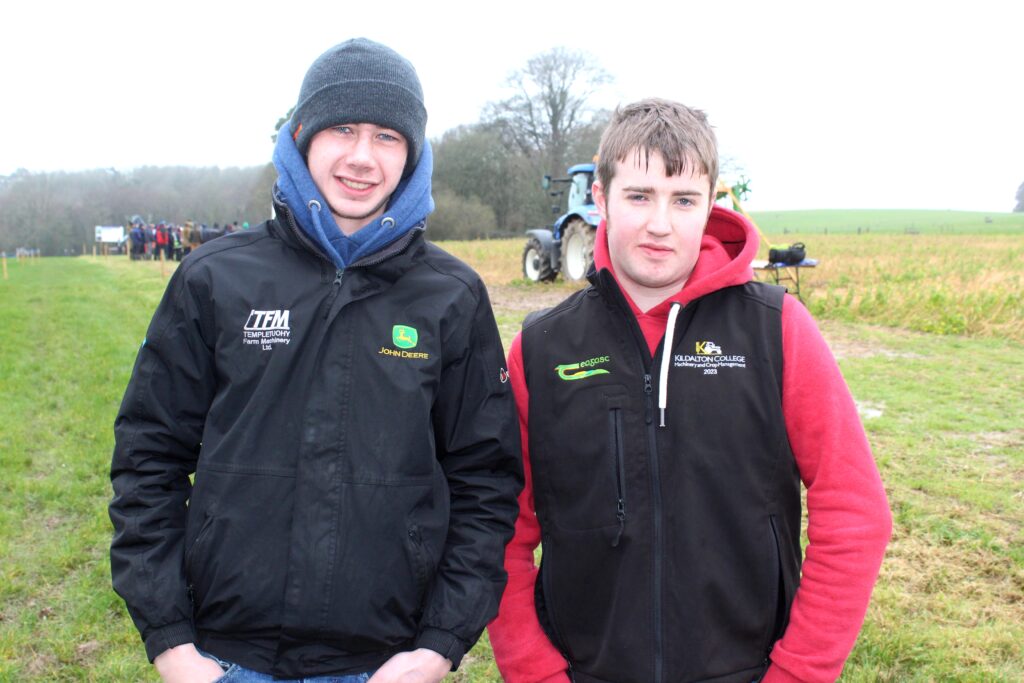Each soil is different and must be managed accordingly. The starting point to all of this is actually measuring the health of a soil.
That was the message from the recent Teagasc ‘Soils Day’ held at Johnstown Castle in Co. Wexford.
Courtesy of his presentation at the event, Teagasc’s Dr. David Wall explained that numerous opportunities will open up for farmers in response to them managing their soils more effectively.
But this will require evidence or a form of measurement, against which management/transition programmes can be developed.
“We will be measuring a number of soil health indicators,” Wall said.
“Soil carbon indicators tell us about the organic matter levels within a soil. We also need to know if the carbon is simply locked away or is it active? In other words, is the organic matter in the soil actually feeding plants?
“Soil physical parameters are always important. And in this context, we know that soil compaction is an issue within Irish soils at the present time,” he added.
“Soil nutrient status is another priority. We have been looking at this specific issue for the past 50 years. However, today 50% of our soils are sub-optimal in terms of pH, potash and phosphate.
“And this is before we get into the issue of soil micronutrients and other related issues,” he added.
Soil health
Wall explained that water quality, and the link back to the nutrient status of many soils, is another indicator that must be taken full account of.
He highlighted the role of the various schemes that will be made available to allow farmers manage their soils that much better, adding that the betterment of soil quality on behalf of entire communities will represent additional income stream for farmers.
In this context, he referenced the agri environmental schemes within the new Common Agricultural Policy (CAP).
“Carbon farming is an emerging opportunity for farmers and land managers to exploit the carbon sequestration and storage capacity of their soils,” Wall stated.
“Improving soil health will also allow for the improved marketing of the food produced in Ireland. But it’s a case of being able to manage these parameters in the first place.”
Wall also highlighted the scope to expand Ireland’s organic farming sector into the future. Under the current national plan, the sector is to account for 7% of Ireland’s farmed area by 2030.
The Teagasc research scientist confirmed that Irish farmers would soon be in a position to draw down and trade ‘carbon credits’, based on the carbon sequestration and storage abilities of their soils.
But making this happen will require the accurate determination of a base line carbon inventory. This work is ongoing.
New fertiliser sources
Teagasc research scientists envisage a future, which will see a number of waste streams from industry and society at large actively ‘mined’ for their fertiliser content.

These include a range of food wastes and sewage sludge. Currently, 60 technologies are being applied cross Europe, designed to maximise the fertiliser value of waste streams.
In Ireland, a focus has been placed on the use of sewage sludge as a soil conditioner and fertiliser source.
Incinerating the sludge leaves a residue that is an effective source of potash and phosphate. It is also pathogen-free.
However, sewage sludge is also an extremely important source of a very innovative source of mineral nitrogen and phosphate – Struvite (magnesium ammonium phosphate).
The chemical complex also contains magnesium.
Struvite is fast being considered as an alternative source of rock phosphate within agricultural production systems.
And it will have a direct and beneficial impact on the Irish farming industry. A struvite manufacturing plant is currently under construction at Ringsend waste water treatment plant in Dublin.
When fully operational the new plant will produce 14t of struvite per day.
Soil testing
The benefits to be accrued by Irish farmers in soil testing their lands on a regular basis were referenced by a number of the speakers at the Soils Day.
Moreover, the need to reflect the range of uses to which land is put within a soil testing regime was specifically highlighted.
E.g., grazing paddocks that are cut for silage at different times of the year will have a different nutrient profile than those used exclusively for grazing.
On that basis, it is important that such locations are specifically sampled, from a soil testing point of view.
The benefits of applying lime on a regular basis, in order to keep soil pH values at optimal levels were also confirmed.
It will take greater quantities of lime per unit area to secure a specific pH lift within soils that have a high clay content.
But, conversely, these same soils will tend to have significantly higher pH buffering capacity relative to soils with a higher sand content.
